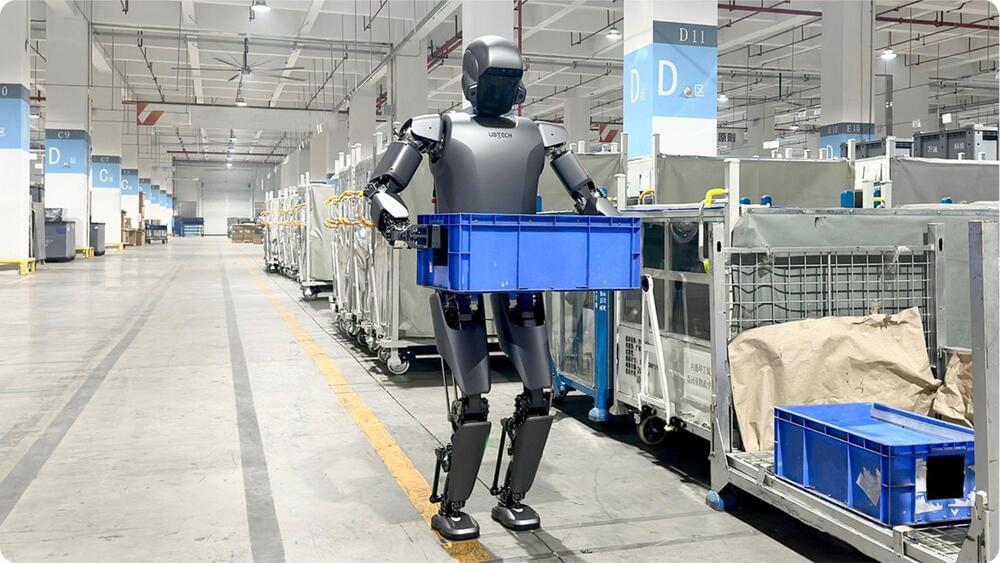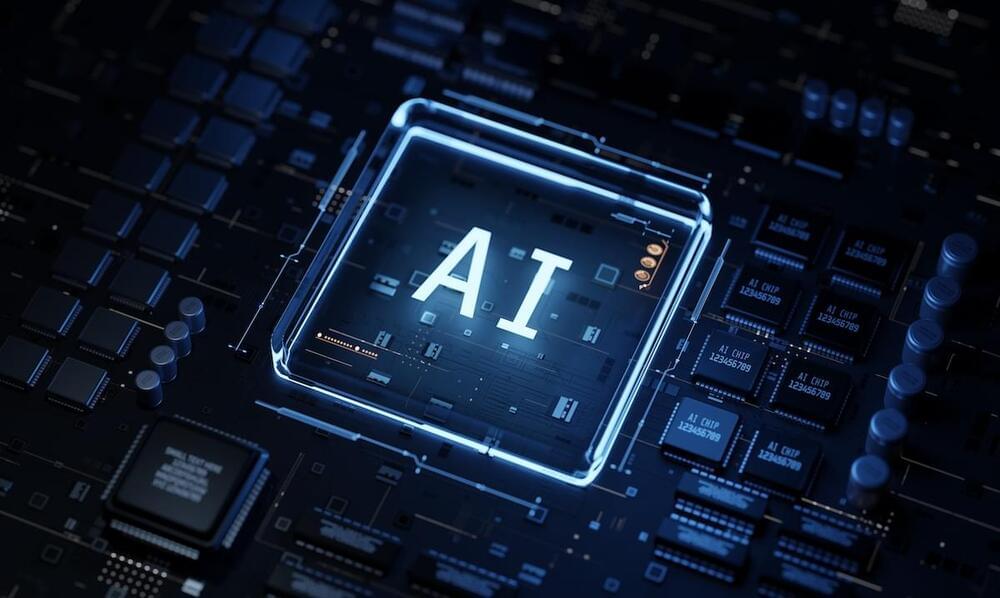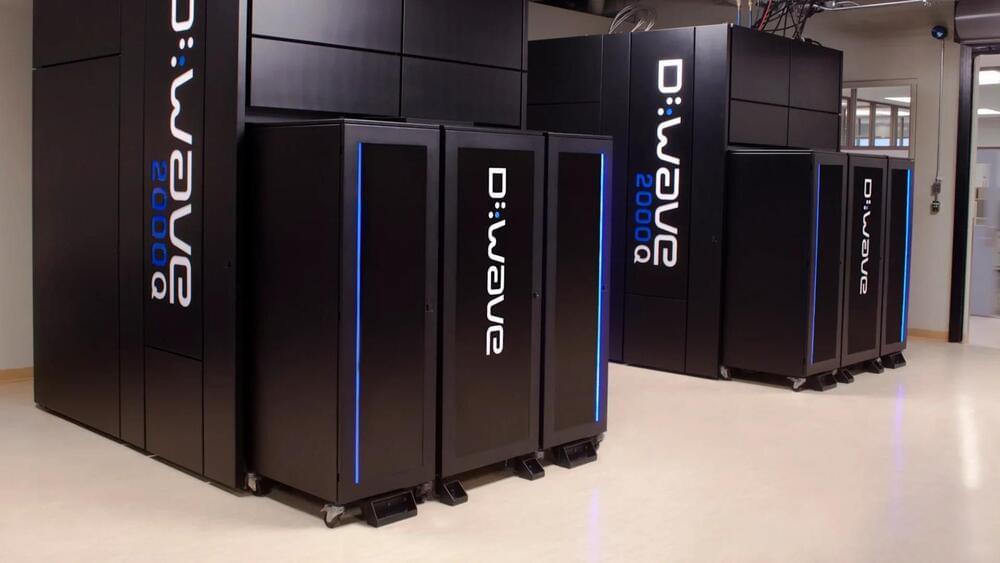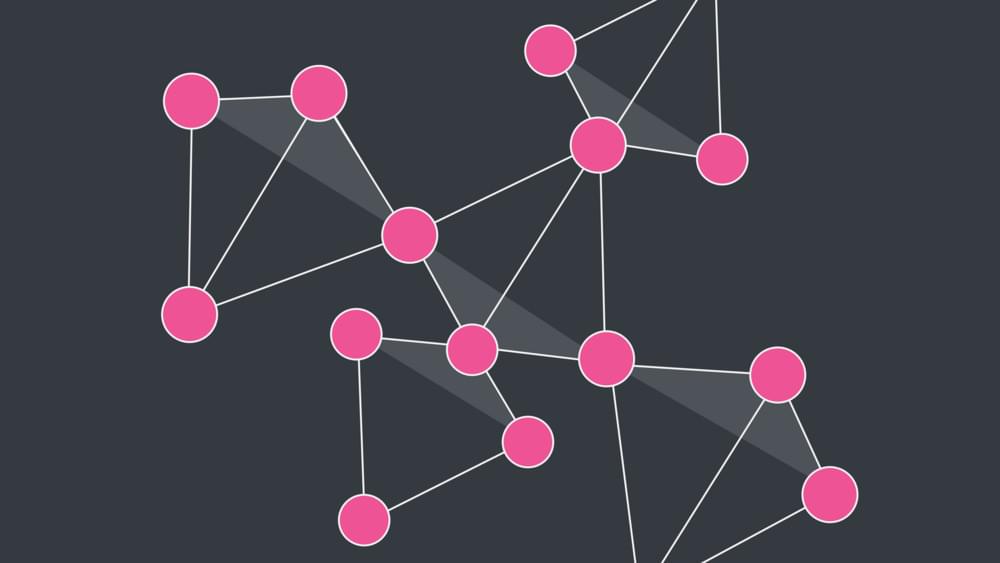Although UBTech is leaving 10% of work for humans in management, other AI tech is being specifically developed for that niche: OpenAI’s new framework, Swarm, allows AI agents to collaborate and independently execute complex tasks, potentially boosting business efficiency.
Artificial intelligence agents are everywhere, quietly reshaping industries and automating tasks we didn’t think possible a few years ago. Unlike basic automation, these AI agents can handle complex jobs, think independently and learn from their environment. The result? Healthcare, finance and logistics businesses are seeing rapid gains in efficiency — and, in some cases, doing away with manual work altogether.
What are AI agents exactly? They’re software programs that carry out specific tasks without constant supervision. Whether handling customer requests, diagnosing medical conditions or predicting market trends, AI agents are versatile workhorses. Instead of waiting for humans to input every command, these agents operate autonomously, reacting to real-time data and adjusting their actions accordingly.
Microsoft recently unveiled new AI tools allowing healthcare organizations to build customized AI agents for appointment scheduling, clinical trial matching, and patient triage. These agents are designed to streamline workflows and improve efficiency, helping healthcare providers manage workloads and enhance patient care.








